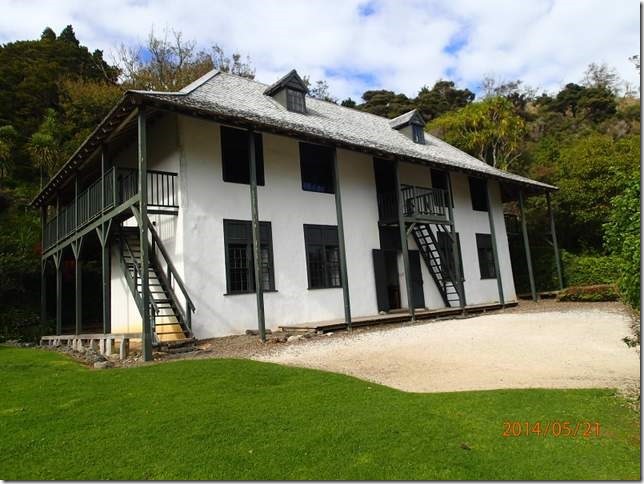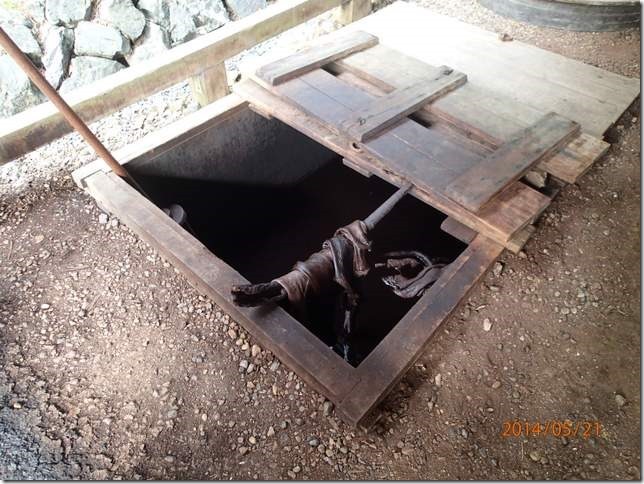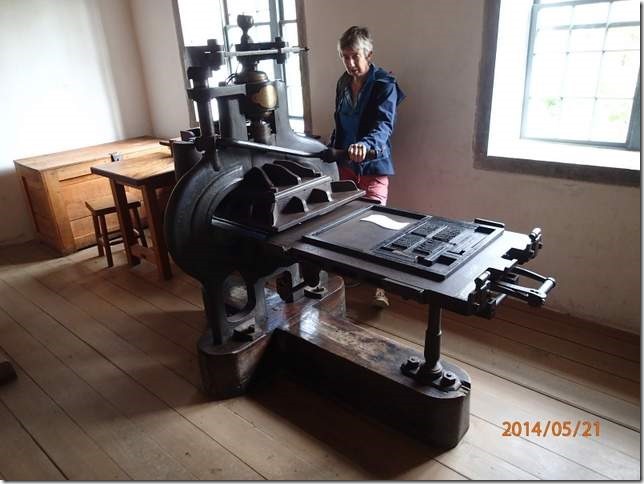How did the French change the Treaty of Waitangi?

VulcanSpirit
Richard & Alison Brunstrom
Fri 27 Jun 2014 13:39
|
The French Catholic Order of Marists (Society of Mary) were formally
created by the Pope in 1836, and given the initial mission of evangelising in
Oceania. Marists seek to emulate Mary’s supposed qualities of meekness and
humbleness (no bad thing in itself), and they seek to educate as well as to
evangelise. They were extraordinarily effective - two Marist Brothers coming
ashore in New Caledonia’s Isle of Pines converted the whole island almost
overnight, a feat repeated throughout the Pacific. Their first missionary leader
was Jean Baptiste Pompallier 1802-1871. He settled at Russell/Karorareka and set
up his mission station, part of which survives. It’s a fascinating place:
 This was believed for a long time to be the mission building, but recent
archaeological research has proved that it was in fact effectively an associated
factory. The rest of the mission has been destroyed. What the Marists were
producing here, very cleverly, were Bibles – in Maori. Pompallier, arriving in
NZ in 1838 had very quickly made himself completely fluent in Maori. Realising
the importance, almost reverence, with which Maori chiefs treated
genealogy he had equipped himself with a large clay tablet (which survives) upon
which he had placed a huge family tree of the Catholic church with himself on a
late and fairly insignificant branch. He lugged this thing all over the North
Island and it is known to have had a very positive impact on Maori chiefs,
several of whom he had managed to convert by the time of the Waitangi Treaty
only two years later.
The NZ National Trust has completely restored the building, and fascinating
it is too.
The Marists made bibles here from scratch. Outside is a tannery used to
produce the leather bindings – there was of course no leather in NZ before the
Europeans arrived. It’s now in working order again, and here is one of the
tanning pits:
 Inside the building was a book production line, using obsolete presses
shipped out from France (the Order couldn’t afford new ones). This one, which is
original, dates from the seventeenth century and it has been restored to working
order:
 Lead type was set by hand of course, and held in place in its frame by
metal wedges called quoins. And hence the saying “to quoin a phrase”, now
corrupted to ‘coin a phrase’ (no, I didn’t know that either – the Maori guide
was excellent!). The rest of the process was entirely by hand, and yet this
factory with just a handful of Brothers and some Maori assistants managed to
produce 40 000 Maori bibles in just a few years – a prodigious feat.
But what of Waitangi? Well, Bishop Pompallier, who had become influential
amongst some Maori chiefs, directly challenged the British representatives
during the Waitangi meeting about freedom of religion, and got written into the
Treaty this verbal statement by the Governor “The Governor says that the several
faiths of England, of the Wesleyans, of Rome, and also Maori custom and religion
shall also be protected by him”. This became the additional Fourth Article of
the Treaty and undoubtedly played a part in persuading some chiefs to
sign.
Pompallier became Bishop of Auckland when the capital moved there, and then
in 1850 a British subject. He returned to France in old age and died in Lyon,
but his remains were subsequently returned to NZ because of the huge impact he
had made there.
|